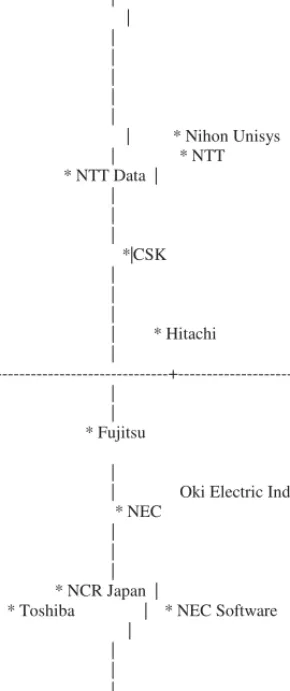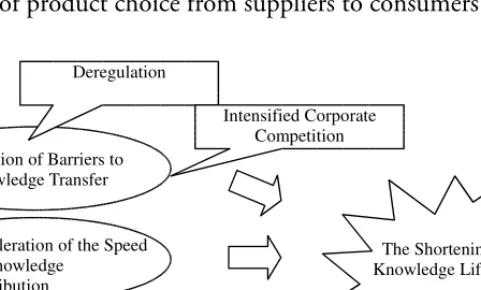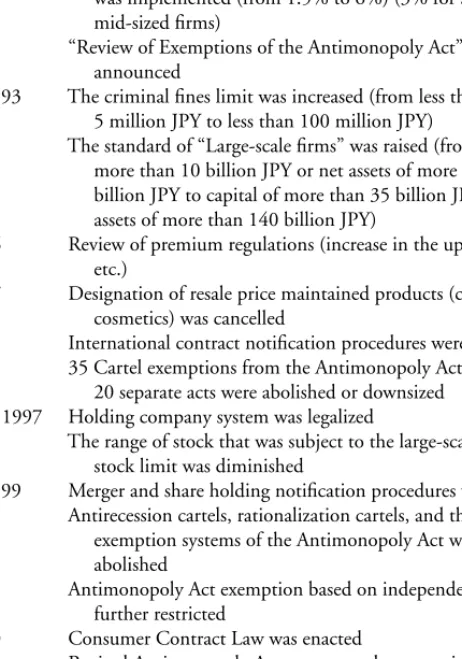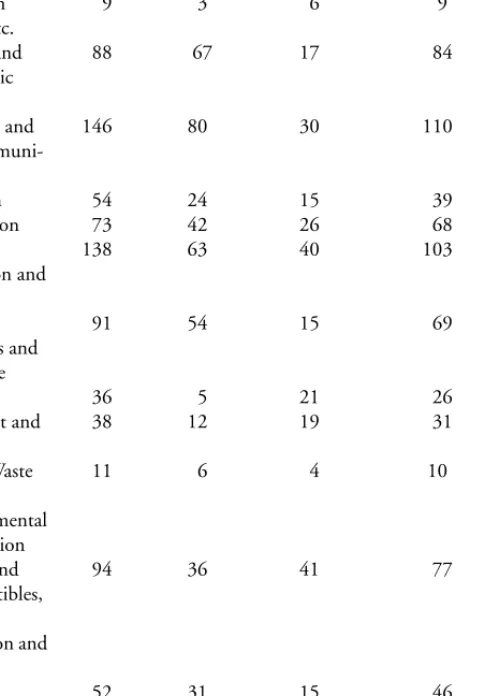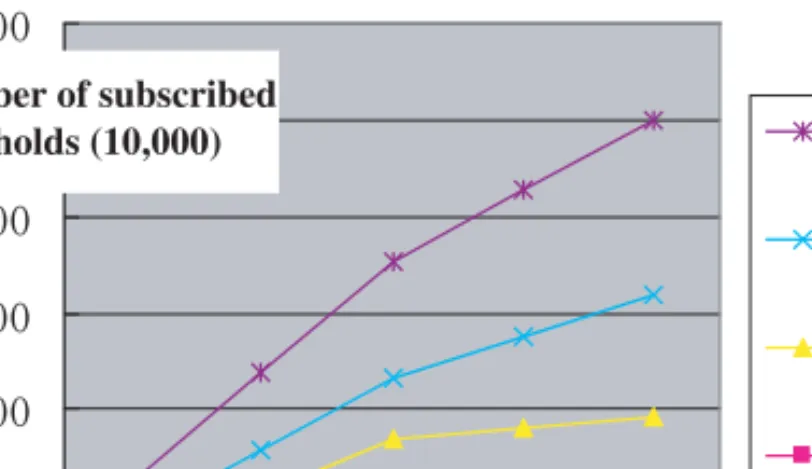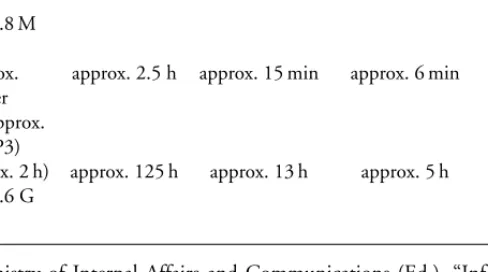In the following chapters, we will focus on knowledge transfer and discuss the effect of knowledge selection on companies and employees in an organization "trying to profit from knowledge". We then discuss the social basis, such as the division of labor and derivatives of personnel supply, in order to address the risk of knowledge selection.
THE END OF KNOWLEDGE STOCK AND THE EMERGING KNOWLEDGE
The Shift in the Definition of “Knowledge” 3 1.1 The Range of “Knowledge”
Tasks of Knowledge Selection Society 61 Chapter 2: Visualization of Knowledge Demand 65
THE END OF KNOWLEDGE STOCK AND THE EMERGING KNOWLEDGE
SELECTION RISK
The Range of “Knowledge”
In other words, "knowledge" in knowledge engineering is "that which can be stored and organized in a way that can be easily accessed when needed".2. Mottoes such as "knowledge is a competitive asset" or "how you manage knowledge determines corporate competitiveness" have long been heard in the business world.
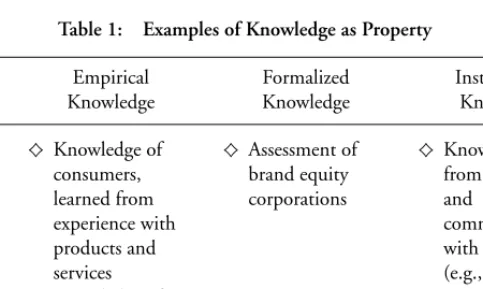
The Basic Nature of “Knowledge”
Therefore, in this book we define "knowledge" as "that which is lost unless consciously maintained," including tacit knowledge such as craft. We call it knowledge if it gets a name and can be passed on to others.

Knowledge Transfer System
Hereafter, various forms of instructions for the transfer of a certain knowledge will be collectively called "Knowledge Transfer System" for the knowledge in question. For example, guides for bookkeeping, such as study guides, teachers, schools and companies are called under one "knowledge transfer system for bookkeeping knowledge".
Two Costs of Knowledge Transfer Systems
Time cost The cost for learners to receive support for the Knowledge Transfer System and to understand the knowledge. To run a knowledge transfer system, operational (fiscal) cost and time must be afforded (see Table 2).
Examples of Knowledge Transfer Cost
The cost of knowledge transfer and the motives behind the inheritance of knowledge 13 Aid to school education National government Transfer share of compulsory education in national schools Special account Promotion of Science and Technology. Cost of knowledge transfer and motives behind knowledge inheritance 15 Table 3: Duration of corporate training courses by occupation.
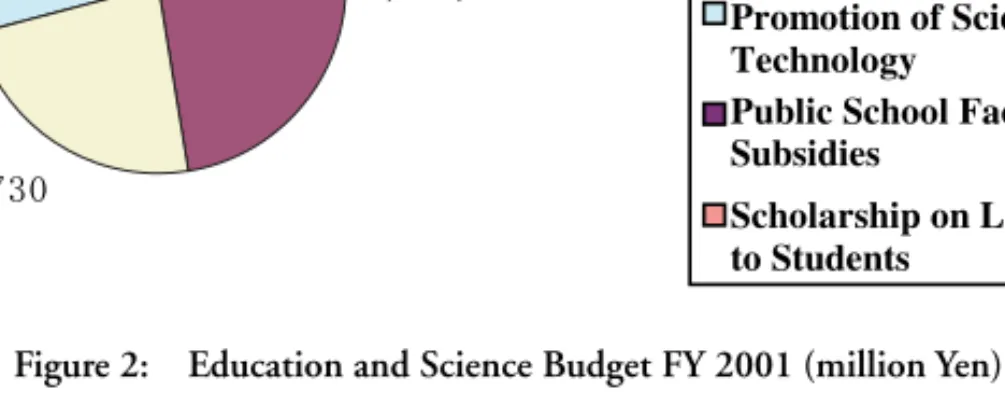
Objectives of Knowledge Transfer
Hitachi Ltd and Mitsubishi Heavy Industries Ltd agreed on February 20, 2002 to cooperate on basic technologies in the nuclear power industry, such as BWR (boiling water reactor) and PWR (pressurized water reactor). cost. The existence of industrial policy shows that more than just the profit motive of a single company, for example reasons such as: "Industry is a challenge for the Bureau of Economic and Industrial Policy", or "Breaking an international monopoly by to focus on industry,” influences industrial knowledge transfer.
Conditions of Knowledge Inheritance
In this chapter we will examine the conditions for knowledge inheritance and the tendency for the life span of knowledge value to shorten in recent years. From the analogy of the conditions of book and magazine publications, we can assume that the essential condition of knowledge inheritance is that the knowledge generates more profit than the cost of its transmission.
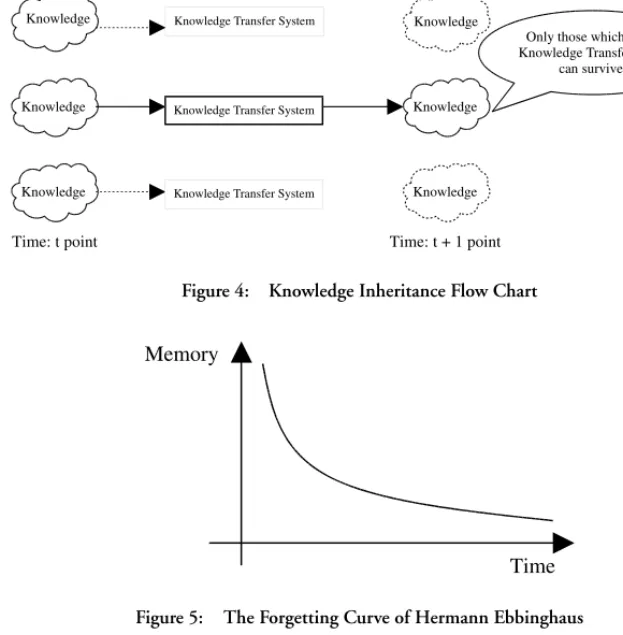
Occurrence of Knowledge Selection Opportunities Once the knowledge they possess becomes outdated, employees
July 1991 An increase in applicable administrative fines (surcharges) was introduced (from 1.5% to 6%) (3% for small and medium-sized enterprises). Especially in recent years, great progress has been made in removing barriers to the distribution of information, in accelerating the speed of information transfer, and in redirecting product choice from suppliers to consumers.
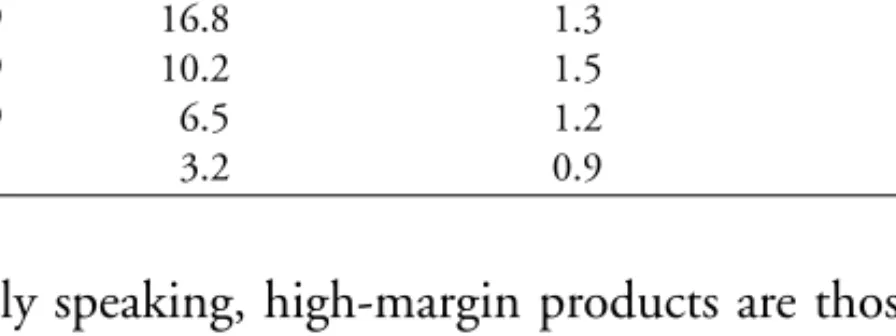
Examples of Knowledge Selection in Corporations The electronics industry, which has numerous businesses, including
It is desirable to be able to make changes, even if a decision has already been made. The obsolescence of knowledge intensifies competition between companies and at the same time prevents people from living off the knowledge they have acquired. Therefore, electronics manufacturers are trying to move most of the workforce from mainframe computers and semiconductors to the promising IT sectors, such as servers and systems development using PCs.
Fujitsu Group has converted an entire floor of a factory into an “IT training center” with accommodation facilities, which can accommodate more than 400 people at any one time.11 The manager of the Fujitsu Numazu factory is reported to have said: "Career change on this scale has never been done before, so a hard landing is expected to a certain extent".
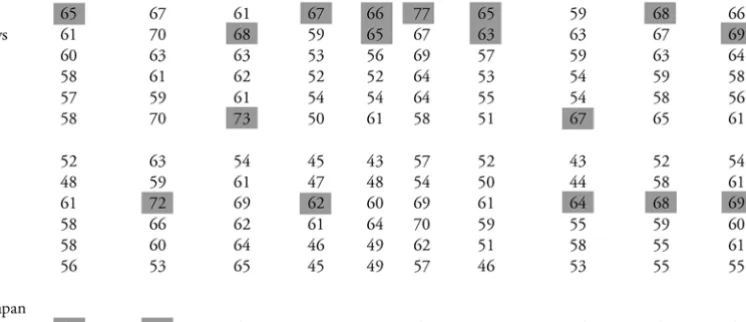
Emerging Knowledge Selection Risk
In this ever-changing society, there is no guarantee that the estimated profit from knowledge remains higher than the costs of knowledge transfer, even if it currently is. Because there is a time lag between knowledge selection and the completion of knowledge transfer, no one can say with certainty at the knowledge selection stage which knowledge will create value in the future. Knowledge selection therefore involves two risks: the risk that the learner may fail to transfer the knowledge and the risk that the knowledge may not produce the expected payoff.
You may find that you don't like the language after you start studying it, or if competition increases, you may need to reach a higher level of fluency to gain any profit from knowing the language.
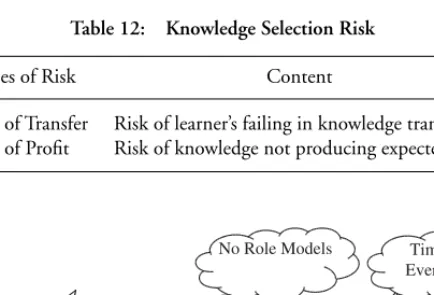
The Acceleration of the Shortening of Knowledge Life by the Evolution of IT Technologies
The program, which uses the standard Internet protocol and can be used by other programs, is called an XML Web service. With Internet services technology in general use, however, companies no longer need to own these systems. With web service technology, X Corporation's information processing services can be changed to what is shown in Figure 16.
XML web services technology provides the system infrastructure for enterprises to compete with the shortening of knowledge profitability and for rapid service selection, further exacerbating the obsolescence of the knowledge that underpins services.
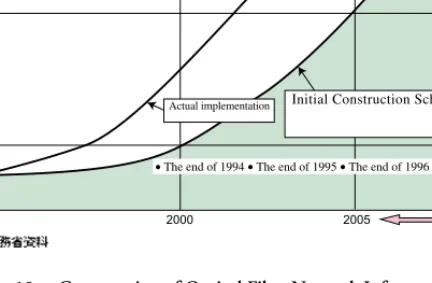
The Effect of Knowledge Selection on Organizations Since knowledge is “that which is lost unless deliberately maintained”,
Under these circumstances, employees will be forced to make multiple knowledge selection choices to increase their expertise. Therefore, it can be concluded that "continuation of organizations through knowledge selection" is equivalent to "maintaining inequality (merit–contribution>0) in the process of new knowledge selection". In which factor of the organization the maximum pressure is accumulated in the selection of knowledge depends on who has taken the initiative in decision-making.
Wherever the pressure is, depending on who has taken the initiative in the organization, knowledge selection upsets the balance within the organization.
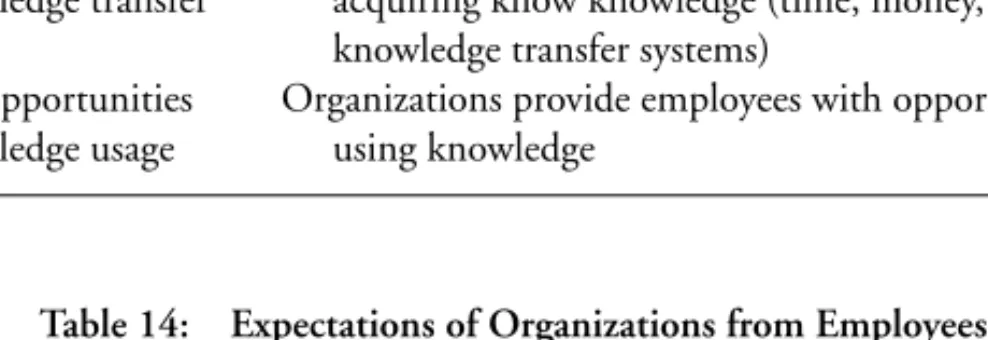
The Conditions of the Lifetime Employment System
Life is good as long as there is enough prey, but as soon as there is a change in the environment, such as the arrival of the ice age, they have to rethink their way of life. Even if some of the knowledge that an organization possesses does not generate profit, as long as the profit of other knowledge keeps the total balance in the black, they can keep a steady job and continue their existence. As a piece of knowledge becomes more profitable, it has more influence on the organization: the infrastructure and systems within the organizations are optimized for the knowledge and the view of the organization is influenced by it.
When interests are reduced to secure unprofitable knowledge, it can damage the company's credibility, reducing investment in the company.
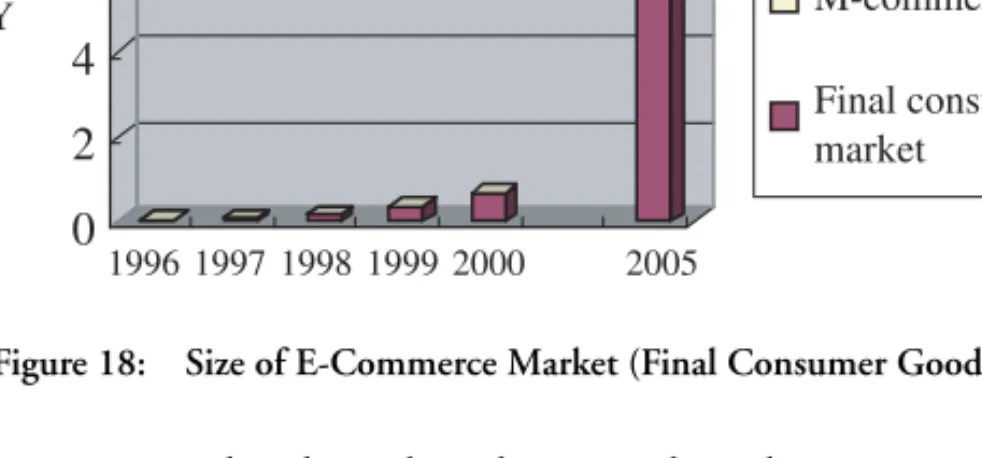
New Behavior Pattern
In this period, when the lifespan of knowledge is getting shorter, workers need to strengthen themselves with more knowledge before the knowledge becomes obsolete. The question here is how much risk employees can take in choosing knowledge and how they can limit it within this limit. After selecting the knowledge they will acquire, employees must assess the relevant risks and prepare insurance against them.
Since the infrastructure and techniques to manage knowledge selection risks have not yet been developed, the situation looks even darker.
HOW TO MANAGE KNOWLEDGE SELECTION RISK
The Current Situation
It is difficult to analyze whether there is a demand for a certain knowledge, since we do not know which organization needs which kind of knowledge or where we can get people with the necessary knowledge. Job postings leave it unclear exactly what kind of staff are needed, except in software and other industries where specific qualifications are a prerequisite. This leads to job postings being targeted incorrectly and companies interviewing the wrong candidates.
Sometimes, because of this uncertainty in requirements, those planning a new knowledge transfer may not be able to understand which knowledge is outdated and which is not, and applicants may join the wrong companies.
Solutions (Supply Chain Management for Knowledge)
Furthermore, if recruitment companies are involved in other companies' SCMK, they will also be able to promote the standardization of knowledge by using the data on other companies. If knowledge supply chains could be constructed, the supply and demand of knowledge would be visualized, strongly driving knowledge standardization. Since various information about the supply and demand of knowledge or about knowledge transfer are shared between the parties involved, it becomes important to accurately interpret the information obtained.
Expert advice would be of great help to generate profits, further increasing the visibility of knowledge.
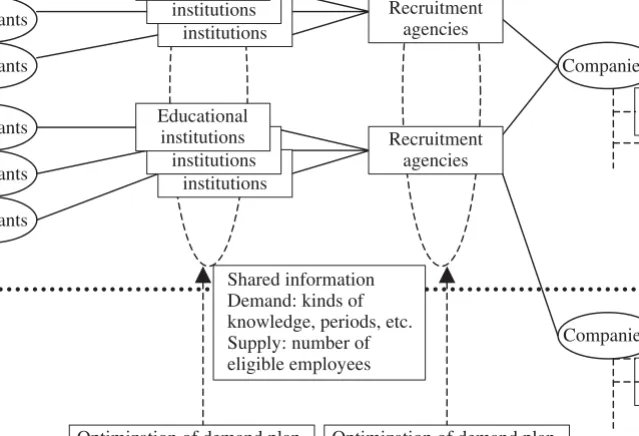
The Current Situation
Solutions (Personnel Supply Derivative Business) In this section, we will propose employment transactions modeled
Personnel supply option Contract for rights to supply or be supplied to personnel with special knowledge for a certain period. Personnel supply reservation A right to supply personnel with special knowledge for a certain period. As with other similar personnel supply options, there is the example of the self-defense force reserve.
The staffing derivatives business would enable employees to actively plan their career paths (see Figure 21).
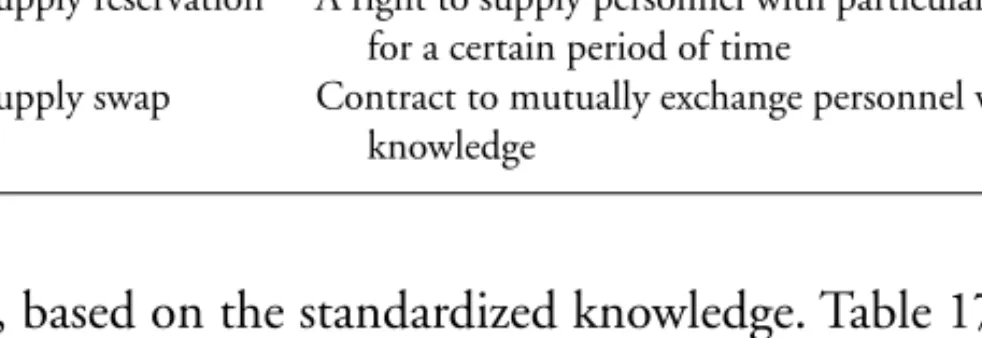
The Current Situation
Solutions
In the Netherlands, where diversified work patterns have been successfully introduced, various new lifestyles have emerged. On February 1, 2000, the "Work-Sharing Committee" was launched, which consisted of the Hyogo Labor Union and the Hyogo Management Association). July 18, 2000 "Work-Sharing Hyogo Symposium" was held by Hyogo Labor Union, Hyogo Management Association and.
January 30, 2001 "Work-Sharing International Symposium" was held by Hyogo Labor Union, Hyogo Management Association and the municipal government.
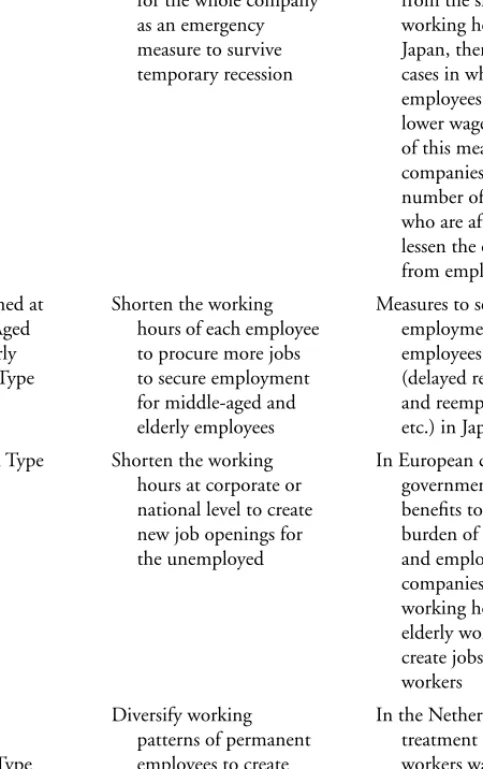
The Current Situation
Solutions
With the shortening of the life of knowledge, a knowledge selection society arises, where people encounter opportunities for knowledge selection many times. Finally, there should be advisors for evaluating the shared information, for staffing and career design, and to reduce the risk of knowledge selection. Exploring how knowledge selection risk should be shared in society means creating a system that will efficiently produce knowledge practitioners.
In the second part of this book, we proposed ideas for managing the risk of knowledge selection.
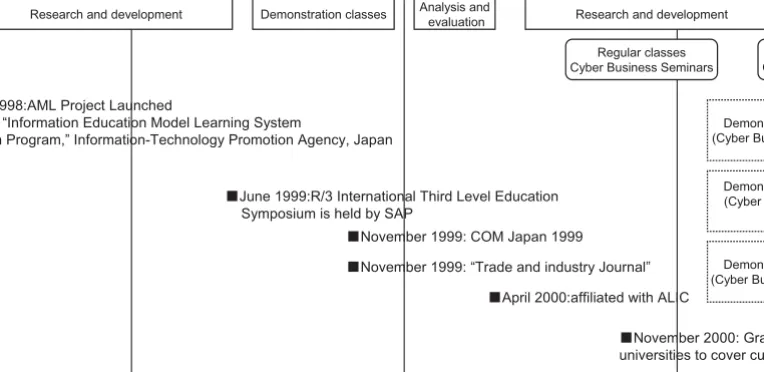
Purpose
Method of Analysis 1 ) Objectives
This year, system departments of 7812 companies have been surveyed.2 Questionnaires were sent out on October 4, 2000, and responses sent back on October 19, 2000, was counted. System departments would choose their response from four options: (1) Dissatisfied, (2) Fairly dissatisfied, (3) Fairly satisfied, and (4) Satisfied. Since data published in Nikkei Computer was already translated into points, we used this data in our analysis.
We used factor analysis to determine whether there were fundamental factors behind the sections of the customer satisfaction survey.
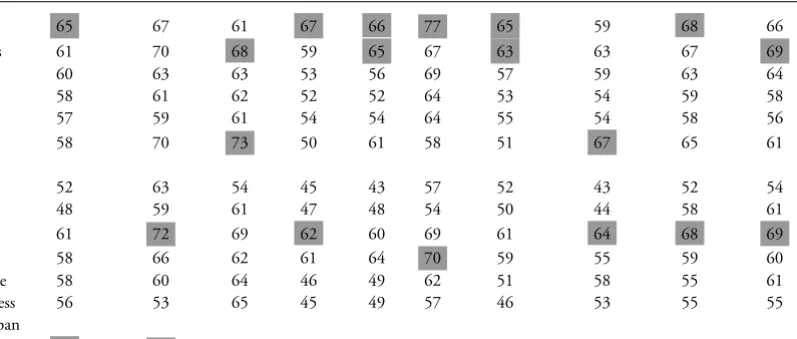
Results and Conclusions 1 ) Determination of the factors
Burton-Jones, Alan, Knowledge Capitalism (translation of the original Knowledge Capitalism: Business, Work, and Learning in the New Economy in English), Nihon Keizai Shimbun, 2001. Powerful ally of busy drinking and dining, full broadcast: recorded Members 10,000,” Nihon Keizai Shimbun, April 1, 2002. Hokkaido City Office to Introduce Work Sharing Arrangements,” Mainichi Shimbun (Hokkaido Prefecture Edition), January 5, 2002.
Personnel and Labor Management Study Group, "Research on Personnel Management and Training Investments in the Era of Performance-Based Pay," August 8, 2000.
